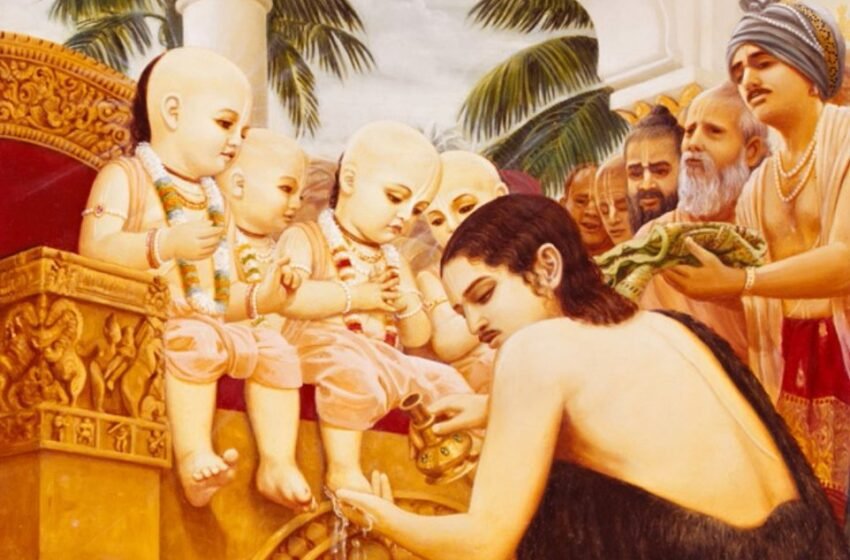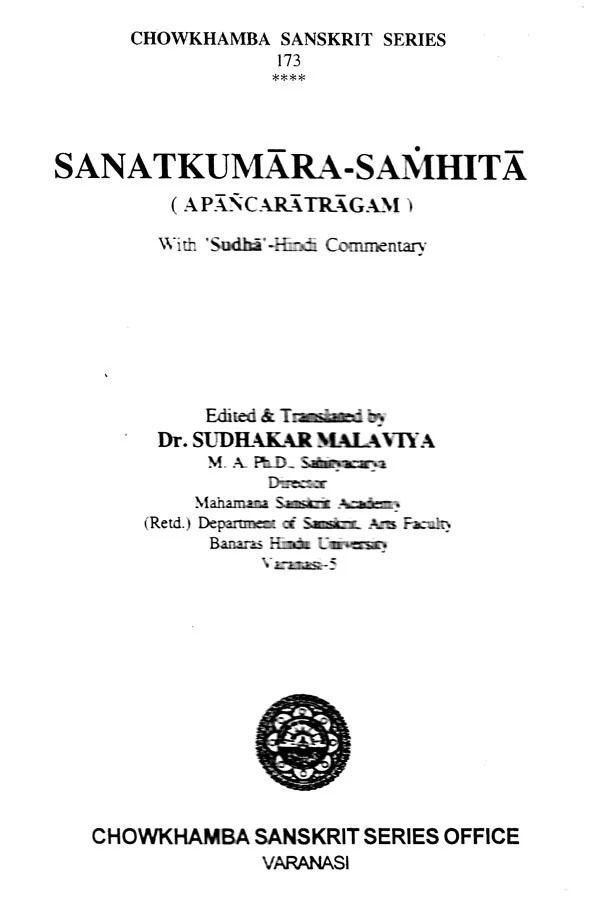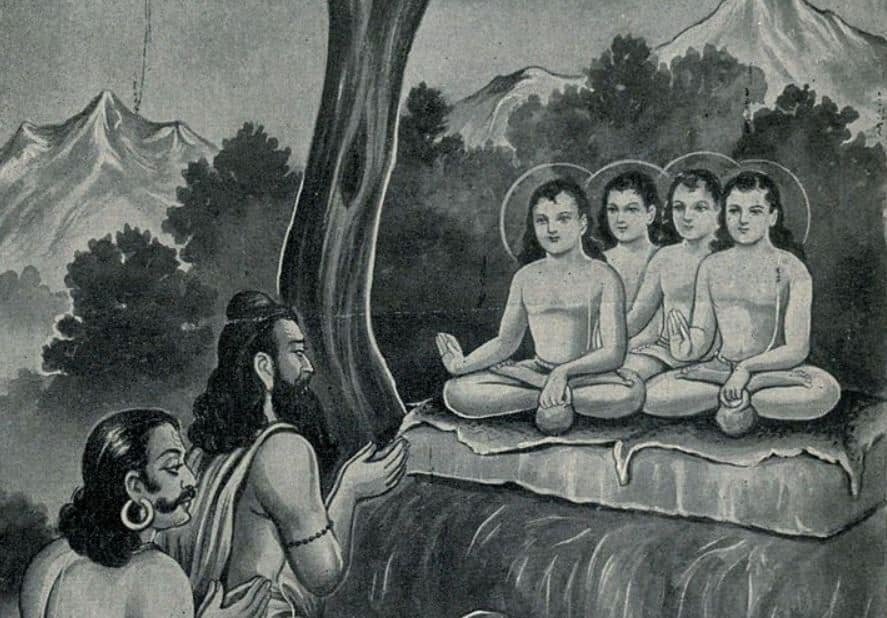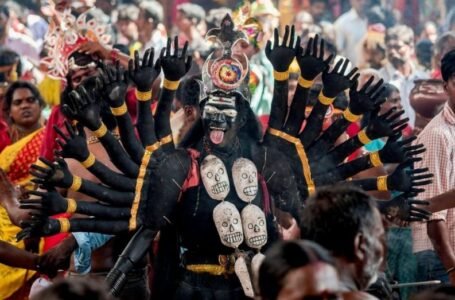Discover the Ancient Wisdom: Explore the Timeless Teachings of the Sanat-Kumara Purāṇa

The Sanat-Kumara Purāṇa is an ancient Hindu text radiant with spiritual wisdom, cultural richness, and the depth of Indian mythology and philosophy. This Purāṇa is one of the eighteen Mahāpurāṇas attributed to Sanat-Kumara, one of the four Kumaras who are considered eternal youth and seers in Indian tradition. In this blog, various features of Sanat-Kumara Purāṇa have been unveiled pertaining to its historical background, mythological stories, philosophical concepts, and how it came to be sustained.

History
The Sanat-Kumara Purāṇa is a very ancient text. It is considered to have been composed somewhere between the 3rd and 5th centuries CE. Just like in most of the Vedic literature, the actual origin of the Purāṇa is obscure, but oral traditions surely preceded the written form of it. The text belongs to the Mahāpurāṇas, which are encyclopedic works covering almost all topics, beginning from cosmology and theology to mythology and rituals.
The three principal categories of Purāṇas are Sāttvika, Rājasa, and Tāmasa. The Sanat-Kumāra Purāṇa is considered a Sāttvika Purāṇa because of its emphasis on knowledge spiritual and devotion.
The historical setting of the Sanat-Kumara Purāṇa cannot be divorced from that of Hinduism itself as a religion and cultural movement. When it was being composed, a number of cardinal changes were sweeping Indian society. Devotional movements, rituals codifying themselves in detail, and different schools of philosophy synthesizing constituted the spiritual scene of India. A digest of such devotional effervescence is reflected in the Sanat-Kumara Purāṇa, drawing together materials from earlier traditions attempting to provide a comprehensive guide for spiritual practice.

Purāṇas had also spread as an important device for preserving and passing on religious knowledge. Composed in Sanskrit, the holy language of the Vedas, they were frequently recited in temples and at religious meetings. In this way, the oral tradition ensured that the teaching of the Purāṇas reached a wide audience quite beyond social and geographical boundaries.
Mythology
So much vivid and exciting mythology is displayed in this Sanat-Kumara Purāṇa, from a cast of gods and sages to cosmic events. One of the four sons of Brahma, the creator god, himself, is Sanat-Kumara, the chief personality in the text. He is generally depicted as a perpetual youth and therefore symbolic of purity and wisdom, much like his brothers Sanaka, Sanandana, and Sanatana.
A central myth in the Purāṇa has to do with the encounter of Sanat-Kumara with Narada, the divine sage. Narada seeks enlightenment by approaching Sanat-Kumara, who confers profound spiritual teachings. It emphasizes devotion, meditation, and knowledge as paths to freedom.

Another important myth is the “descent” of divine knowledge onto the earth. Sanat-Kumara is believed to have brought down from the higher spiritual planes this sacred wisdom to show humankind the right path of righteousness and spiritual unfoldment.
Gunas
The Gunas are one of the central ideas in Hindu philosophy and are recurring features in the Sanat-Kumara Purāṇa. It views these three Guna—Sattva, Rajas, and Tamas—as very fundamental forces that act on human behaviour and consciousness.
The personification of Sattva, Sanat-Kumara, teaches that it is possible to rise above these two base qualities—that are Rajas and Tamas—with the development of purity, wisdom, and serenity. The Purāṇa explains several spiritual practices, comprising meditation, controlling one’s self, and devotion, which increase Sattva and lead to freedom.

Deities
The Sanat-Kumara Purāṇa provides a pantheon of deities who all manifest different aspects of divinity. Other principal deities worshipped, besides Sanat-Kumara himself, include:
Vishnu: He is regarded and described very often as the supreme deity for being the preserver and protector of the universe in the Purāṇa.
Shiva: The Destroyer and Transformer, Shiva is worshipped for his asceticism and his role in the cosmic cycles.
Brahma: The creator god, Brahma is the progenitor of all beings and the father of Sanat-Kumara.
Devi: Worshiped as the goddess who takes different forms like Durga, Lakshmi, and Saraswati, she represents feminine divinity.
Not only are they worshipped, but in addition are incorporated in the philosophical teachings as symbols for several facets of ultimate reality.

Writers
While its authorship is ascribed to more than one sage or seer, as is usual with ancient works, the Sanat-Kumara Purāṇa essentially goes back to Sanat-Kumara. Though in the main the teachings are attributed to Sanat-Kumara, many sages, of whom Vyasa, the famed compiler of the Vedas and the Mahābhārata, is mentioned as having collected and preserved the text.
The transmission for the Purāṇa was majorly oral, with the disciple memorizing the verses and reciting them before finally getting them transcribed. This tradition held the purity and continuity of the teachings intact over generations.
Stanzas
These are poetical and philosophical verses, with metaphors and allegories to set forth deep truths. One verse may outline the human soul as a lotus that blooms in the light of divine knowledge thus:
“O soul, like the lotus that rises above the murky waters,
Seek the light of wisdom and rise above the illusions of the world.”
These verses are not thought of as mere literature but as mantras—sacred chants—that hold spiritual power in themselves. It is believed that the chanting of these verses invokes divine grace and brings about spiritual advancement.

Worship
The concept of worship in the Sanat-Kumara Purāṇa combines elements of ritual worship, meditation, anderce. In this tradition, devotees are advised to offer daily rituals to the deities, followed by sacred hymns, and finally meditate upon the teaching of Sanat-Kumara.
An important part of worship is the actual recitation of the Purāṇa itself. It is believed that one who either listens to or reads the Purāṇas purifies his mind and soul, bringing peace and light into them. Readings from the Purāṇa and discourses upon them are a part of festivals and special occasions, tending to bring about a sense of spirituality among people in a collective manner.
The Sanat-Kumara Purāṇa enjoys a rich legacy that influences a wide sphere of Hindu culture and spirituality. Since time immemorial, its teachings have been inspiring to many saints, scholars, and devotees.
The Sanat-Kumara Purāṇa has also donated to the rich tapestry of Indian literature and philosophy, independent of its religious significance. Very often, its stories were referred to for teachings in other texts. It has influenced art, music, and dance in forms of different cultural expressions.

Scientific Learnings
Though basically a spiritual and philosophical text, the Sanat-Kumara Purāṇa has entrenched in some insights that intersect with scientific thought. The discussions on cosmology, the nature of the universe, and the play of the Gunas contained in the Purāṇa may be taken to be one of the earliest efforts toward an understanding of the natural world.
For example, the view that the universe undergoes cycles of creation, preservation, and dissolution partly overlaps with the most recent scientific hypotheses concerning the cyclical character of the cosmos. Not to speak of the fact that mental discipline, along with meditation, finds corroboration from contemporary studies that bring out the effects of mindfulness and meditation on mental health and well-being.
Conclusion
The Sanat-Kumara Purāṇa testifies to the deep wisdom and spiritual richness of ancient India. Through its mythological narratives, philosophical teachings, and devotional practices, it has continued guiding and inspiring seekers on the paths of righteousness and enlightenment. This Purāṇa provides a gateway into timelessness for undergraduate students and enthusiasts alike of Indian philosophy in the timeless truths that shaped Hindu culture and spirituality. It echoes across centuries, reminding us about man’s eternal quest for knowledge, purity, and divine connection.


